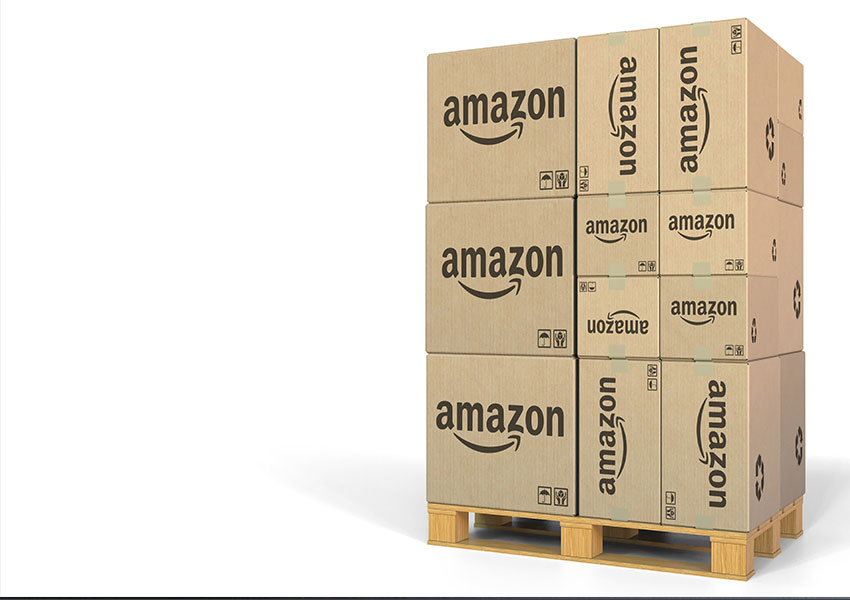Amazon Storage Fees: A Definitive Guide For Sellers

Venturing into Amazon selling comes with its fair share of nuances. One crucial aspect that sellers often grapple with is understanding the platform's storage fees. Amazon storage fees play a pivotal role in shaping your selling strategy and profitability, especially if you're leveraging Amazon's Fulfillment by Amazon FBA service.
What Are Amazon Storage Fees?
Amazon storage fees pertain to the costs associated with storing your products in Amazon's fulfillment centers. If you're an FBA seller, you send your inventory to Amazon's warehouses, and they take care of storage, packaging, shipping, and customer service. For this storage service, Amazon charges a fee, which varies based on different factors.
Monthly Inventory Storage Fees
These fees are charged based on the space your products occupy in the fulfillment centers. The costs can vary depending on:
- Time of the Year: Storage fees typically rise during peak selling seasons, like October to December, due to increased demand for storage space.
- Size and Volume: Amazon categorizes products into standard-size and oversize based on their dimensions and weight. Oversized items, given their larger footprint, usually incur higher storage fees.
Long-Term Storage Fees
If your products remain unsold and sit in Amazon's warehouses for a long period, you might incur long-term storage fees. These fees kick in for inventory that's been stored for over 365 days. The aim is to encourage sellers to maintain a healthy inventory turnover, ensuring warehouses don't get cluttered with stagnant stock.
Factors Affecting Storage Fees
- Inventory Turnover: The faster your products sell, the lesser you pay in storage fees. Slow-moving inventory not only occupies valuable space but also attracts long-term storage fees.
- Product Dimensions: The physical size and weight of your product can significantly impact the storage fees. Bigger, heavier items take up more space and are generally more expensive to store.
- Seasonality: During peak retail periods, demand for storage space surges. Amazon adjusts its storage fees during these times to manage the influx of products efficiently.
Ways to Optimize Storage Costs
Conducting regular inventory audits is essential. These audits involve routine checks on your inventory levels, allowing you to identify slow-moving products that may be contributing to storage costs. To address this, consider offering discounts or promotions for such items, which can accelerate their sales and ultimately reduce storage fees over time.
Another crucial aspect is reassessing your product portfolio. Periodic evaluations of your product performance are necessary. If certain items consistently underperform and accumulate storage fees, it might be wise to reconsider their place in your product portfolio. Focus on items with higher sales velocity and better profit margins, even after accounting for storage fees.
Leveraging Amazon's inventory reports provided through Seller Central is a valuable practice. These reports offer insights into various aspects of your inventory, including age, potential long-term storage fees, and overall inventory health. Analyzing these reports empowers you to make informed decisions about managing your stock effectively.
Preventing overstocking is equally important. While ensuring product availability is essential, excessive stock levels can lead to increased storage fees. Striking a balance where you maintain sufficient stock to meet demand without incurring unnecessary long-term storage costs is key to cost-effective inventory management.
Understanding Amazon's storage fee structure based on size categories is also vital. By comprehending these size tiers and designing or selecting products that fit favorably within them, you can optimize storage costs efficiently. This strategic approach ensures that your products are stored economically, minimizing storage expenses and contributing to overall cost savings.
